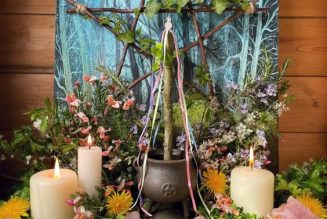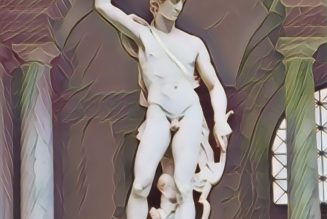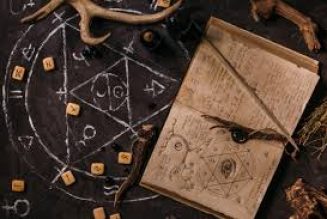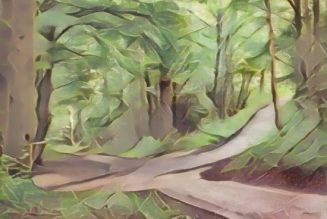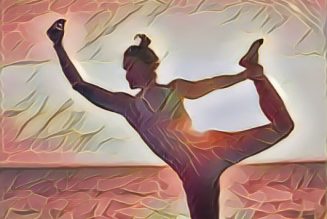
The history of Witchwalking is as old as movement itself.
Like many other examples of occult knowledge, it is a legacy that often conceals itself within the various cultures and people who have engaged in its practice.
It is a tradition that sometimes emerges under different names and guises depending upon the societal climate and religious views of those in power. In many cases Witchwalking has remained hidden, becoming a ritual safest practiced at night or alone and far from the authorities wary of its power and benefits.
You may know Witchwalking as travelling the path of Songlines or Dreamwalking. You may know it as a North American initiation rite demanding the neophyte undertake an arduous journey through dangerous terrain.
Or, you may be aware of this practice as a marathon shamanic-type dance assisted by drumming and entheogens.
Witchwalking even survives within early Christian writings, thinly disguised as a meditative desert walk of 40 days and nights, as well as today in the stations of the cross. Another contemporary incarnation within Christian spirituality is the Camino pilgrimage.
The Latin phrase ‘solvitur ambulando’ means ‘it is solved by walking’.
When we look with a keener eye we will find that Witchwalking is embedded into all of the world’s esoteric practices and rituals in one form or other.
Witchwalking continues to evolve even in today’s contemporary societies in the form of forest walks, ritual hikes to sacred places and even within the techniques of esoteric modern dance and musical therapy.
There are many reasons why someone is called to this path, be it for healing ourselves or others, or to gain insight from the deeper aspects of our minds. For more serious practitioners it is a way to contact ancestors and spirits of the land and to return from these trance states with advice and new knowledge.
But there is also a necessity at the roots of this practice. In many of the archaic, matriarchal cultures, from Catal Huyuk to the Hathor cult of ancient Egypt, there are embedded midwifery skills within the Witchwalking practices. The Moura Encantada, the female shape-shifters of Southern Europe, for example, were said to travel between megalithic sites, creating new life and spinning the sun. These motifs of ‘spinning’ and ‘new life’ epitomise the coded and almost forgotten wise-women who assisted with childbirth and who were believed to draw souls from the spiritual realm and into new bodies. These were the same women who were almost erased from history by the later patriarchal religions and persecuted through inquisitions and demonization.
The writer, Ali Isaac, has drawn attention to specific mentions of walking ceremonies and processional paths within ancient Irish history and mythology.
Interesting, and possibly connected to Ali’s Tara research.
Another Witchwalking connection is ‘Well-Wyrding,’ which is a practice where women would visit a holy well or sacred spring on certain nights and divine prophecy based upon the movement and sound of the water.
This type of pagan spirit-contact at holy wells was so widespread in Europe that there was even a law in 1178 created to ban women from going out alone in order to receive these prophecies.
An ancient link between holy wells and wisdom occurs in the Irish Dindsenchas which describes one in particular, Connla’s Well, as being ‘The Well of Knowledge’ or ‘The Well of Wisdom’ because of the hazel trees which grew over it and dropped hazel nuts into the water.
In Ireland, holy wells are still very much associated with cures and healing.
Specifically related to ‘witchwalking’, Holy wells also continue to draw visitors who practice the tradition of patterns and rounds, which is a type of meditative walk.
The esoteric practice of shape shifting is also intimately connected with Witchwalking in non-European cultures and is at the root of totem power and witches familiars.
Today, these techniques and spells, the wisdom and methods of spiritual contact are quickly being retraced and recovered. Cross-cultural comparisons are revealing that no matter how it is named or known, Witchwalking has always been a part of spiritual and ritual expression. Witchwalking in its many forms is once again revealing itself as an instructional and, ultimately, primal response to life.
Indeed, movement, change and discovery are the alchemical ingredients that lead us all down the pathways of questions.
Witchwalking takes us towards the inner parts of ourselves which has always known the answers we seek, if we are courageous enough to go and find them.
